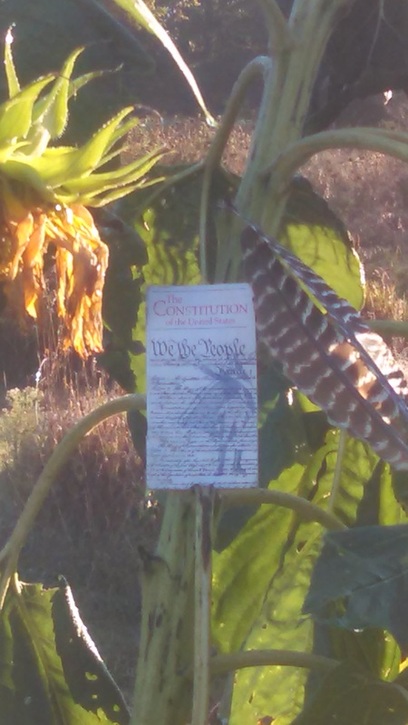 Johnny Reb and Gus Kotka Nowhere Some
Johnny Reb and Gus Kotka Nowhere Some
Part 10 of 13
“You feeling the way I do Reb?”
“’Bout?”
“Virginia.”
“Yes and no.”
“Yes?”
“Time to be on our way to Virginia.”
“No?”
“Virginia.”
“That’s real clear Johnny.”
“I know.”
“Say more.”
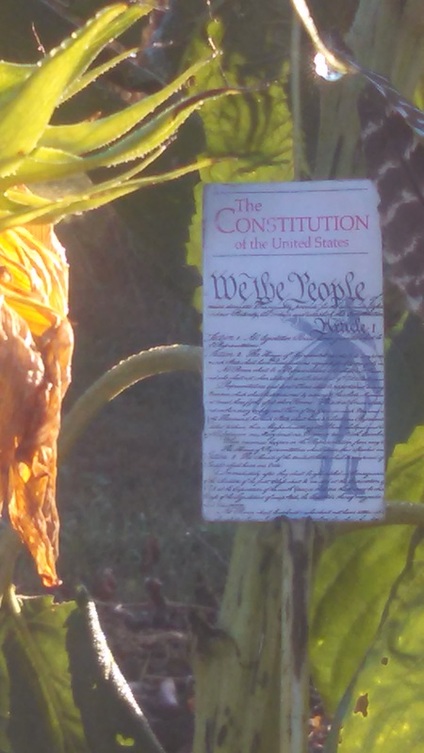 Johnny Reb and Gus Kotka Nowhere Sunny
Johnny Reb and Gus Kotka Nowhere Sunny “Do you remember when I mistook West Virginia for Virginia?”
“By the Potomac.”
“Right.”
“That was ‘65 and ’62 Johnny.”
“It’s like that.”
“Vera Reb.”
“Faith?”
“You know that one ‘eh?”
“It’s Russian.”
“Okay.”
“How’d you know Vera Gus?”
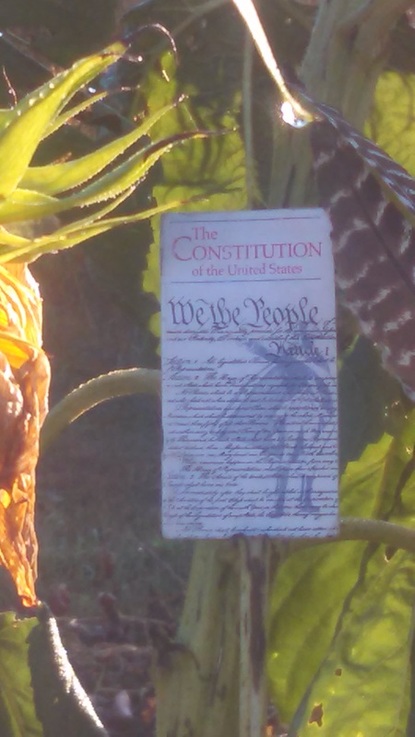 Johnny Reb and Gus Kotka Nowhere Day
Johnny Reb and Gus Kotka Nowhere Day “Fire.”
“Talking around a fire.”
“Right.”
“What am I to keep the faith in Gus?”
“Jonathan Rebel.”
“Me?”
“You.”
“Hmmm,” Johnny paused: “that’s becoming.”
“Let’s add Vera to our Virginia trip Reb.”
“Done.”
*Next Up: The Union 2016 summer series continues on Sunday 11 September with part 11, Johnny Reb and Gus Kotka Nowhere Bring the Boys.
Posted by Bryan W. Brickner



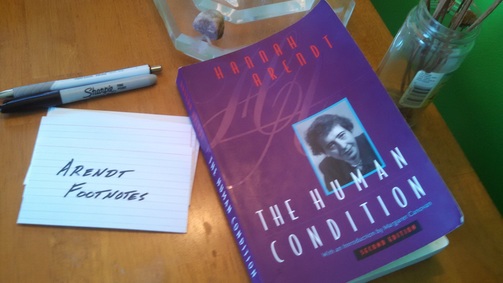
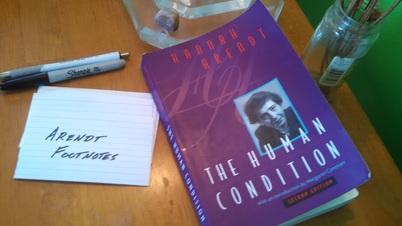
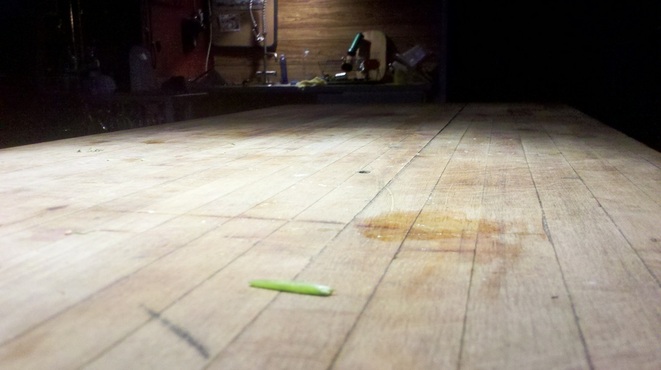
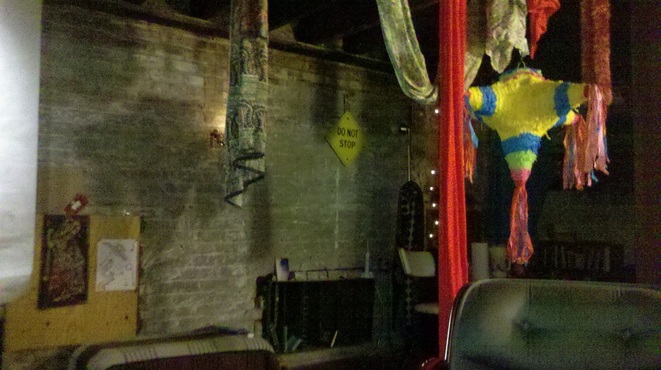
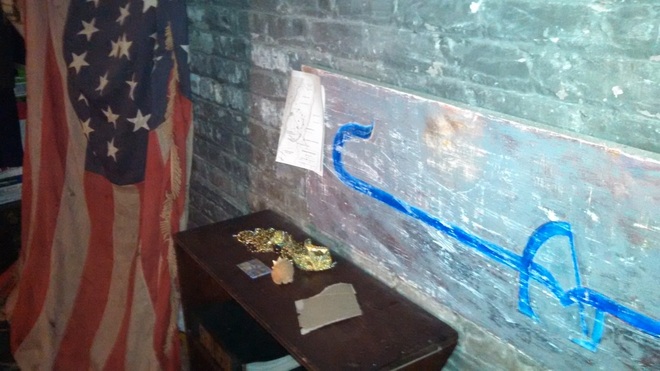
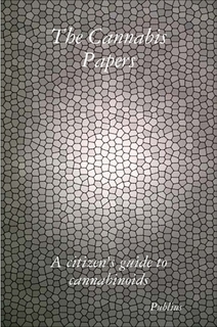

 RSS Feed
RSS Feed
